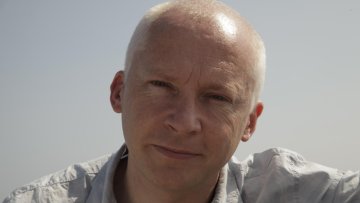From diagrams to number theory via categorification
Abstract
Permutations of finitely many elements are often drawn as permutation diagrams. We take this point of view as a motivation to construct and describe more complicated algebras arising for instance from differential operators, from operators acting on (co)homologies, from invariant theory, or from Hecke algebras. The surprising fact is that these diagrams are elementary and simple to describe, but at the same time describe relations between cobordisms as well as categories of represenetations of p-adic groups. The goal of the talk is to give some glimpses of these phenomena and indicate which role categorification plays here.


